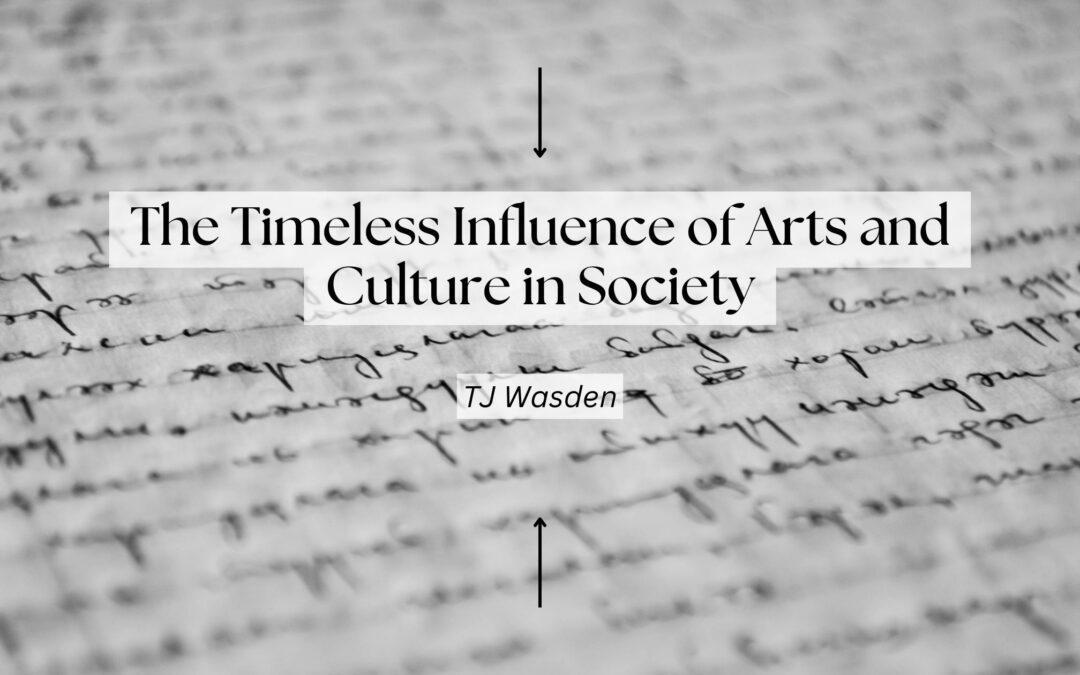The Timeless Influence of Arts and Culture in Society

Arts and culture have been integral to human civilization, shaping societies, nurturing creativity, and fostering connection across time and geography From ancient cave paintings to digital art, and from classical symphonies to contemporary dance, these elements serve not just as forms of entertainment but as reflections of human experiences, ideas, and emotions. They transcend mere aesthetics, fostering a shared identity and offering deeper insights into the human condition.
The Role of Arts in Human Expression
The arts—be it visual, literary, or performing—serve as powerful vehicles for personal and collective expression. Paintings, sculptures, literature, music, and dance allow individuals to communicate thoughts and emotions that may be difficult to articulate through language alone. For centuries, societies have used these mediums to document history, celebrate triumphs, mourn losses, and inspire movements. For example, Pablo Picasso’s Guernica not only portrayed the horrors of war but also became a symbol of resistance against violence and oppression. Art also invites reflection, encouraging audiences to question their own perspectives and assumptions. It nurtures empathy by immersing people in stories and worlds beyond their personal experiences. Whether it is through the vibrant strokes of Van Gogh’s Starry Night or the haunting melodies of a Rachmaninoff concerto, art offers a mirror to the soul, revealing universal truths and bridging cultural divides.
Culture as a Foundation of Identity and Tradition
Culture encompasses a community’s way of life, customs, and shared values. It shapes identity, both at the individual and collective level, connecting people to their heritage while providing a sense of belonging. Through cultural practices like festivals, culinary traditions, and rituals, societies preserve their heritage and pass it down through generations. The Indian festival of Diwali, the Japanese tea ceremony, and Mexico’s Día de los Muertos are examples of how cultural practices foster a collective identity and maintain continuity with the past.
In a globalized world, the blending of cultures has become increasingly common, leading to the birth of new artistic forms and traditions. For instance, fusion cuisine and contemporary dance forms like hip-hop exemplify how cultural exchange fosters innovation. However, it is also crucial to preserve indigenous cultures and traditions, as they hold the keys to diverse worldviews and ancient wisdom that might otherwise be lost.
The Impact of Arts and Culture on Society and Economy
Arts and culture not only enrich personal lives but also have broader societal and economic impacts. Creative industries, including film, music, design, and fashion, generate significant employment and revenue globally Cultural tourism, where travelers immerse themselves in local art, festivals, and traditions, is another thriving sector Cities like Paris, Kyoto, and Istanbul are celebrated for their cultural richness, attracting millions of visitors every year Moreover, the arts play a vital role in education and social development. Exposure to the arts fosters creativity, critical thinking, and emotional intelligence in young minds. Cultural activities also promote social cohesion, encouraging dialogue and mutual respect among communities. Events such as international film festivals and art exhibitions create spaces for dialogue, fostering unity in diversity
Conclusion: Arts and Culture as Pillars of Progress
In essence, arts and culture are not mere relics of the past but dynamic forces that continue to shape the present and future. They nurture imagination, strengthen identities, and connect communities, making life richer and more meaningful. As society evolves, so too will its art forms and cultural practices, ensuring that the human spirit continues to thrive and inspire future generations. Whether through traditional expressions or modern innovations, the arts and culture will remain at the heart of humanity’s journey
